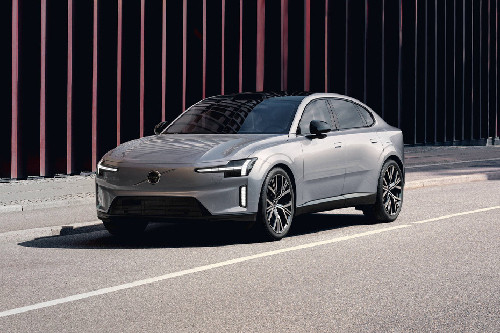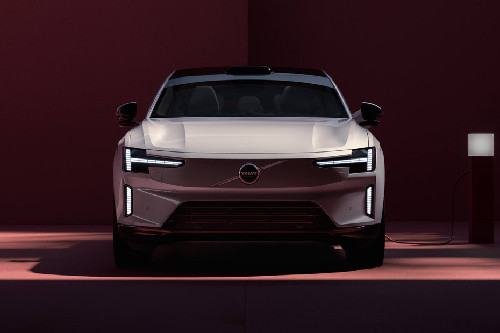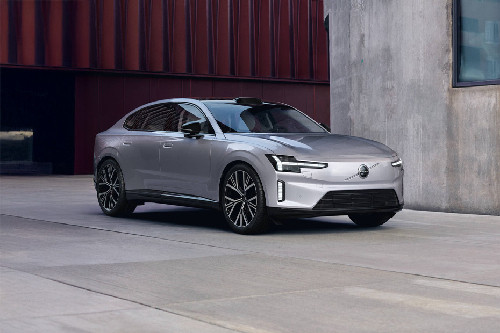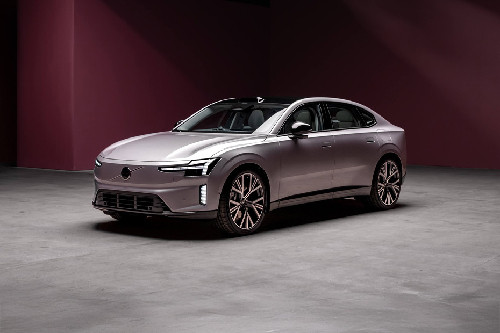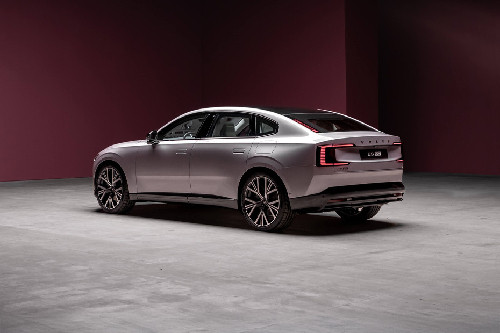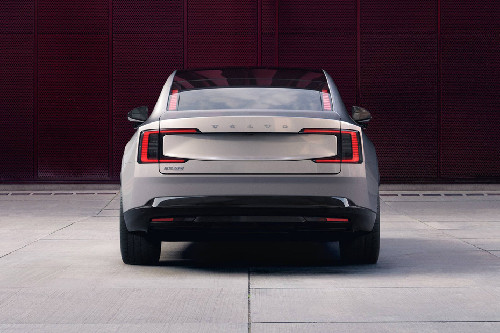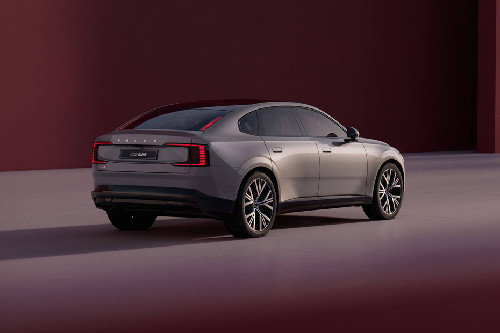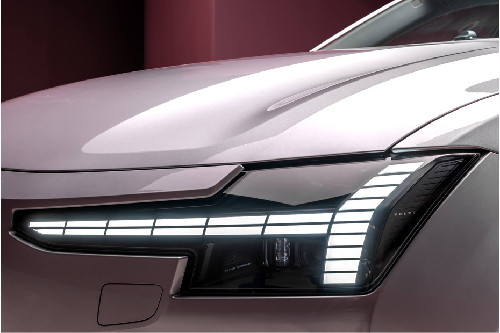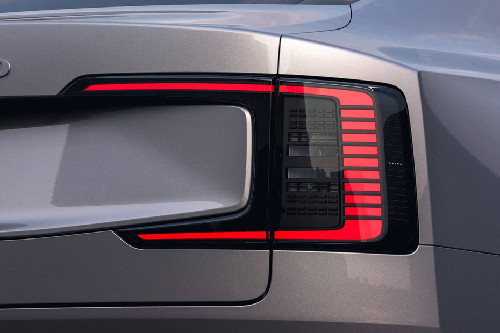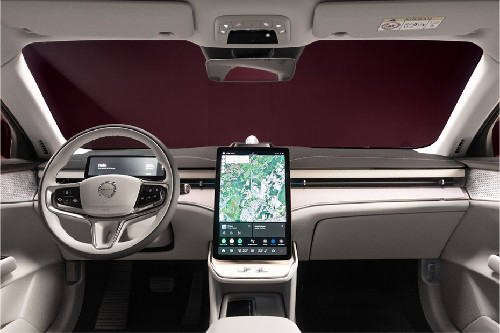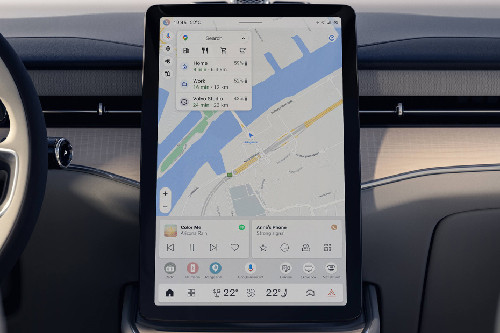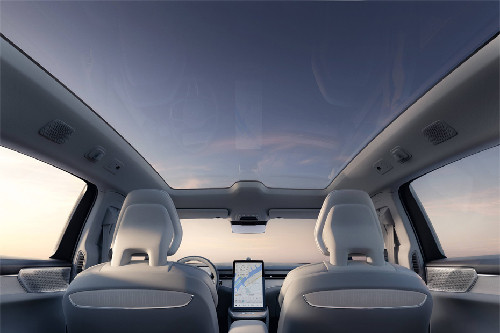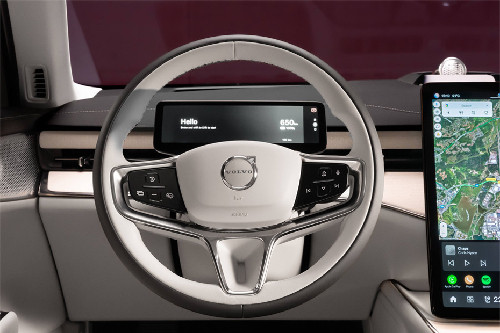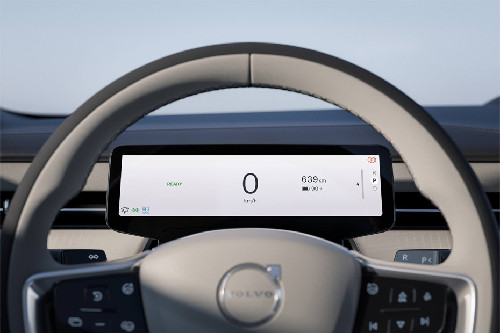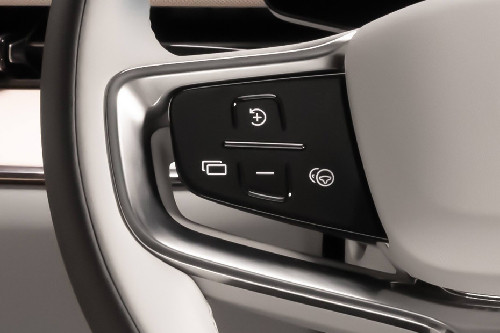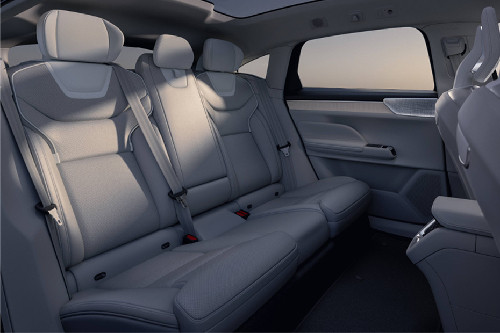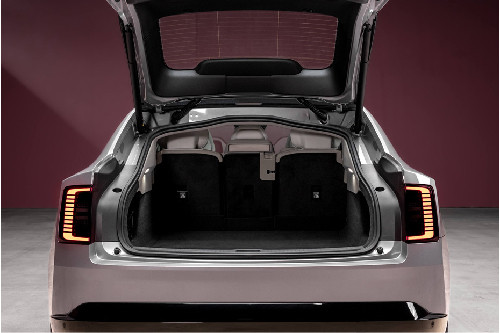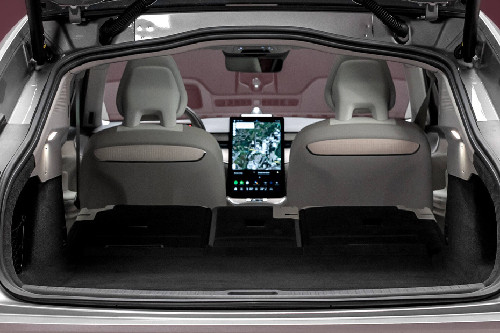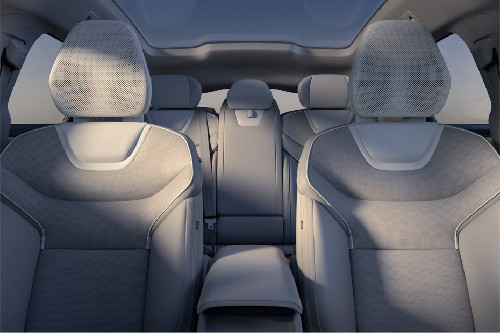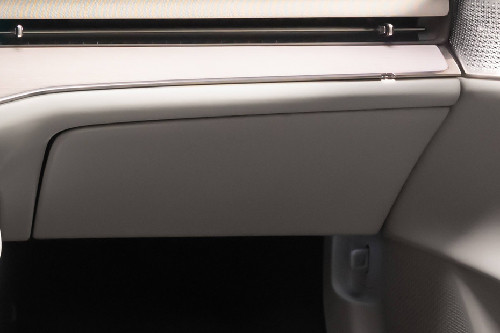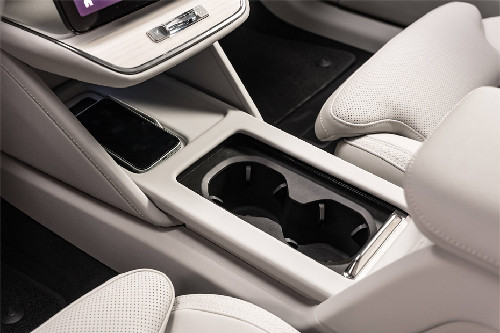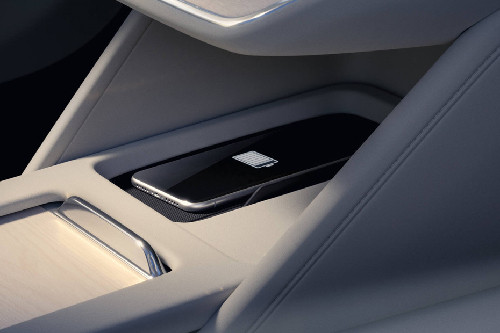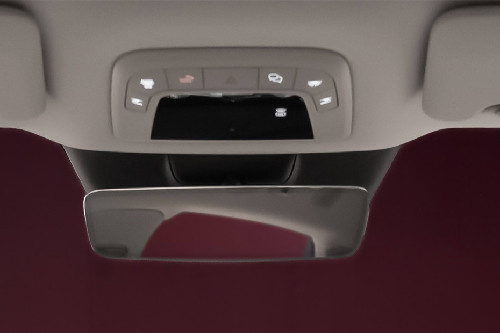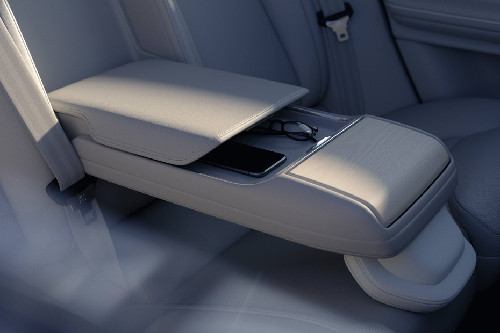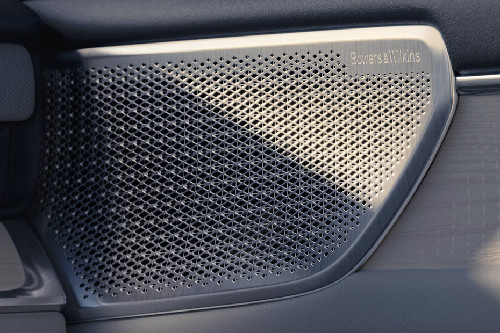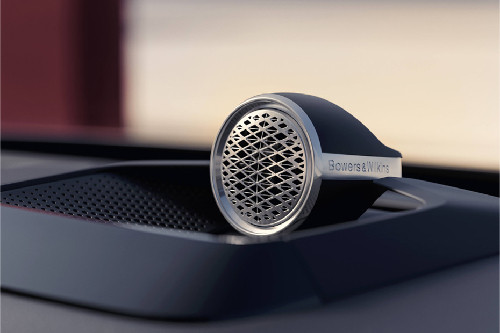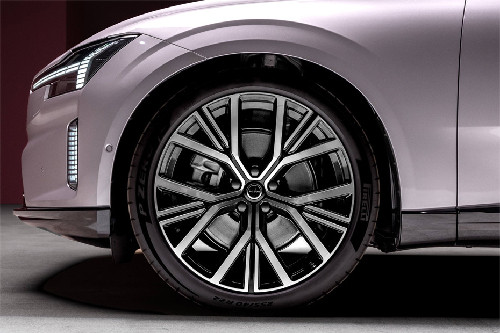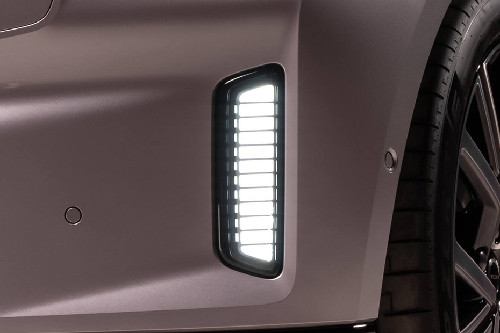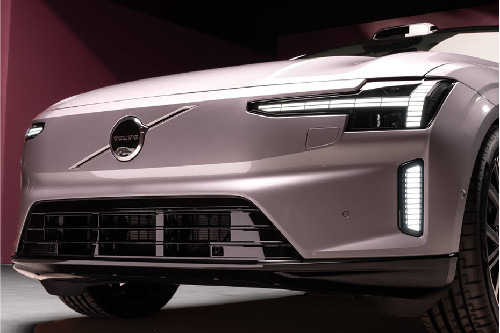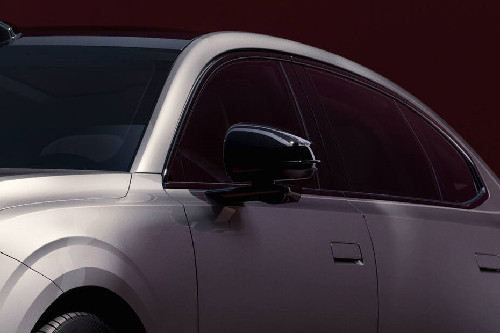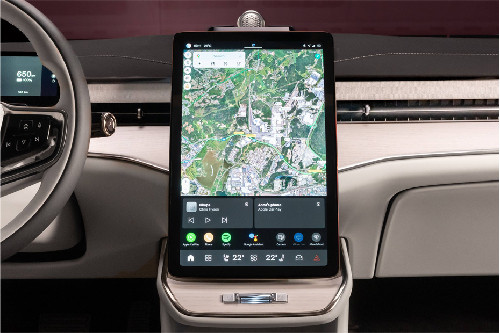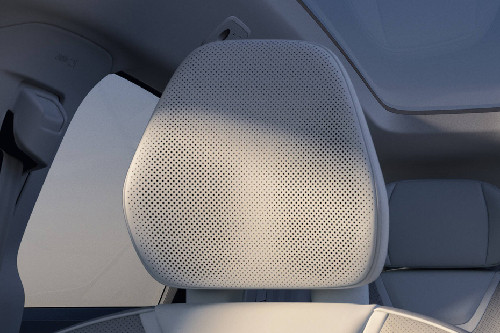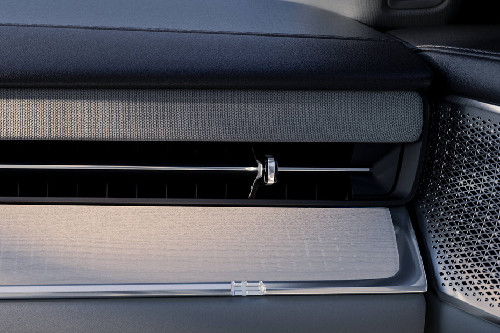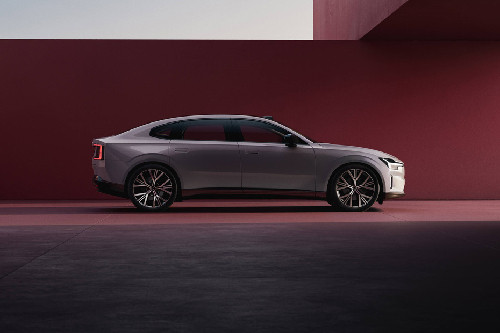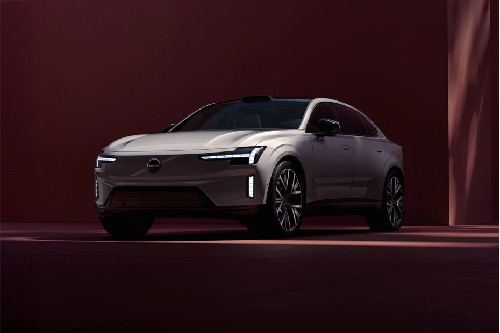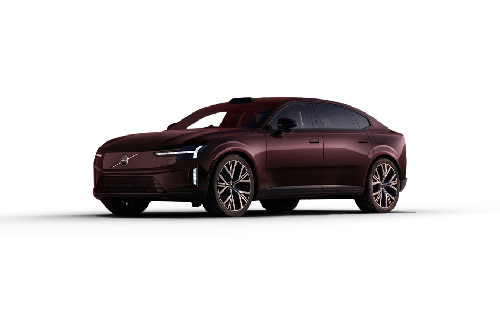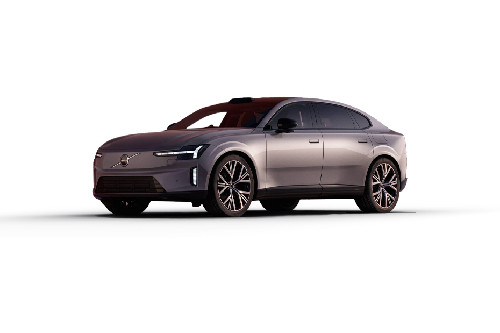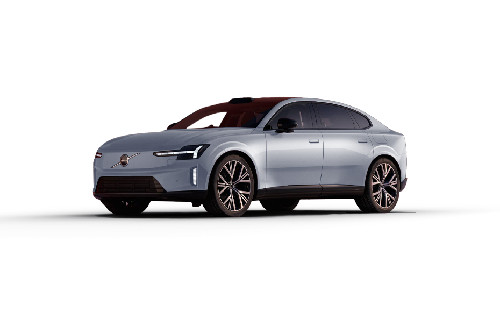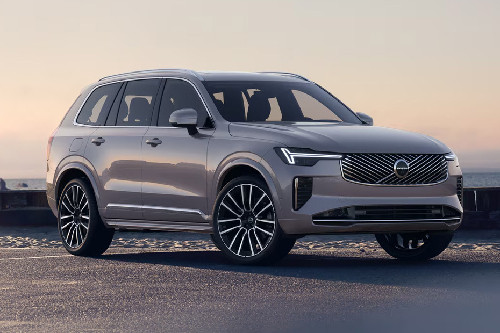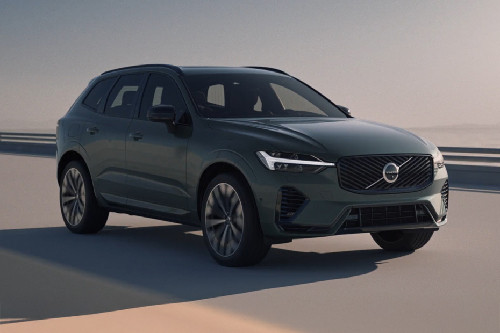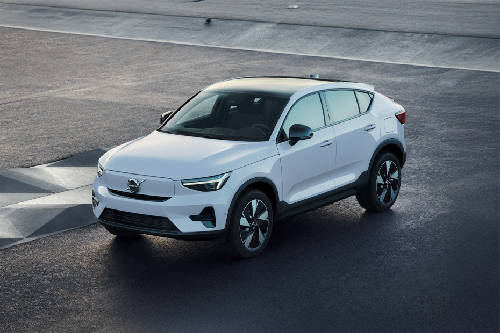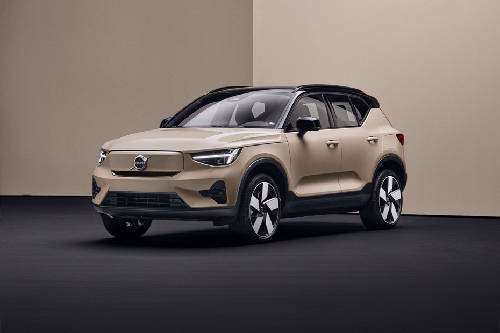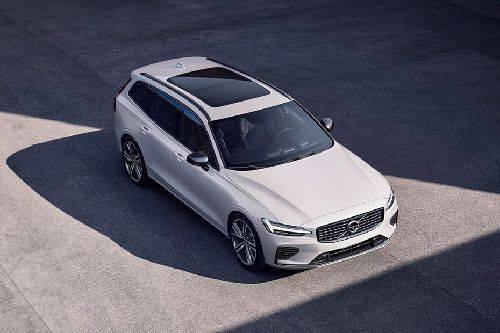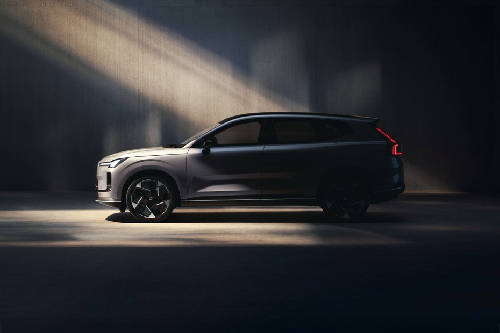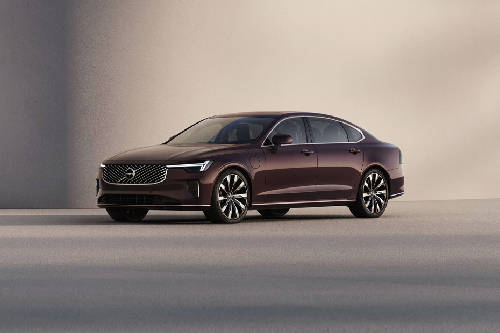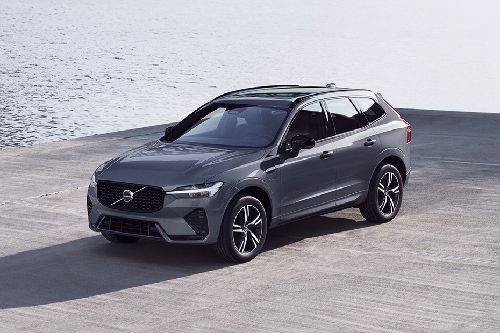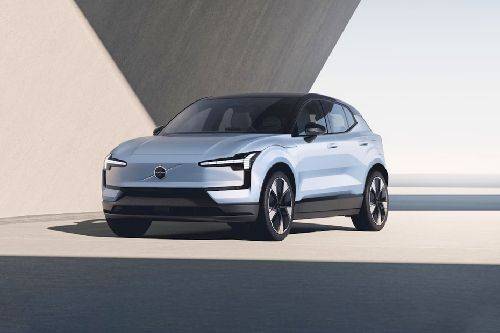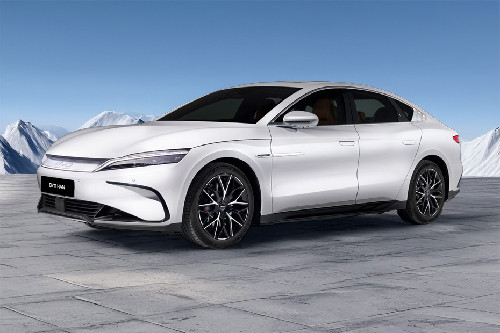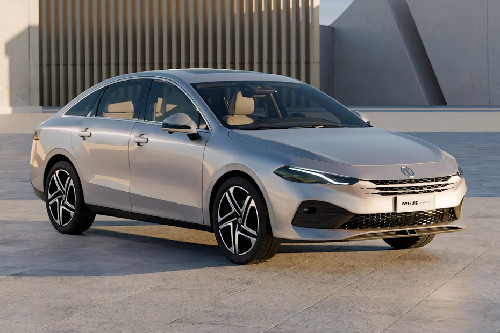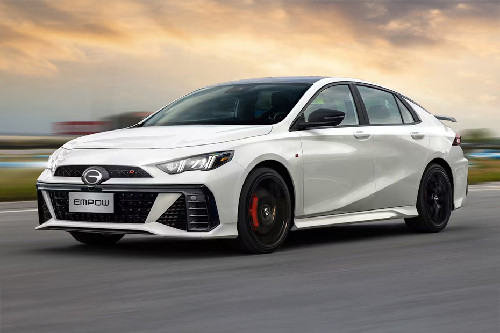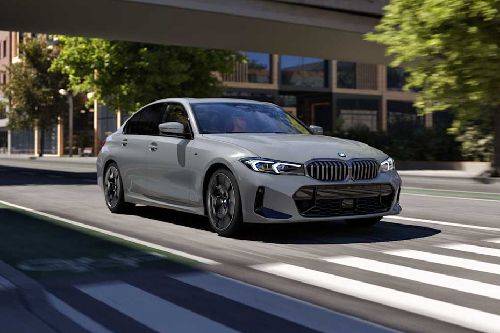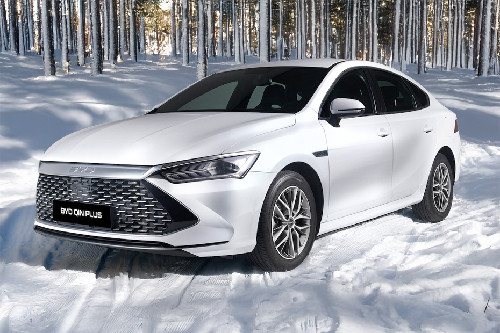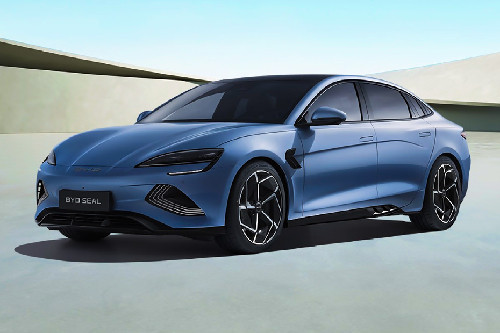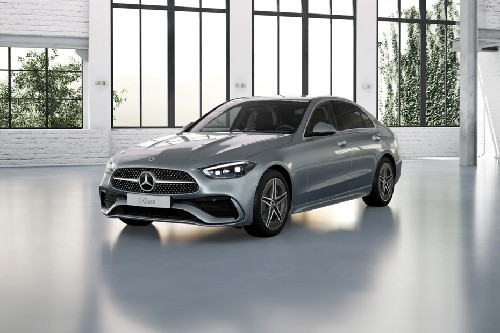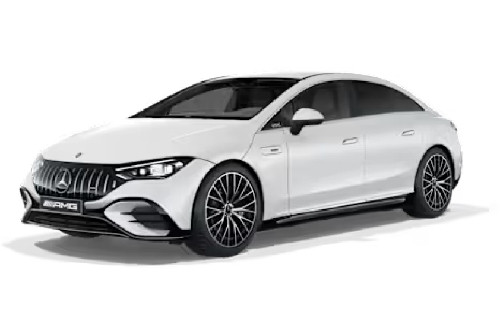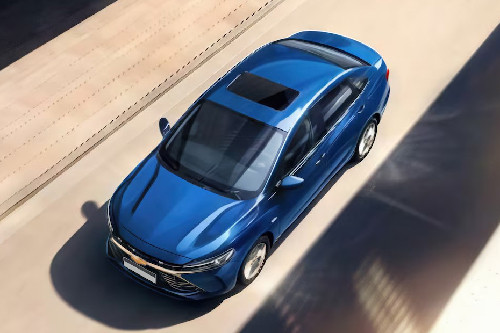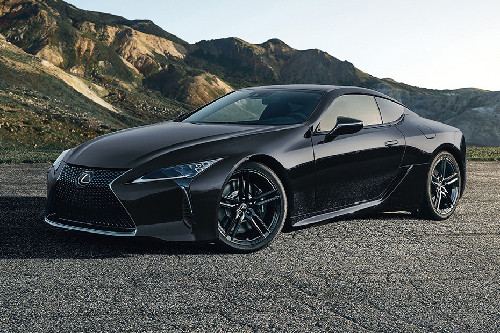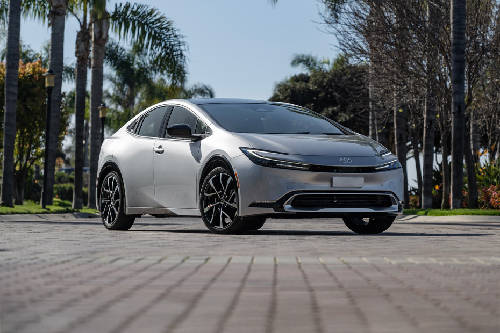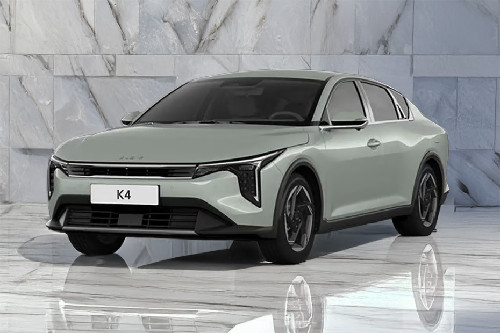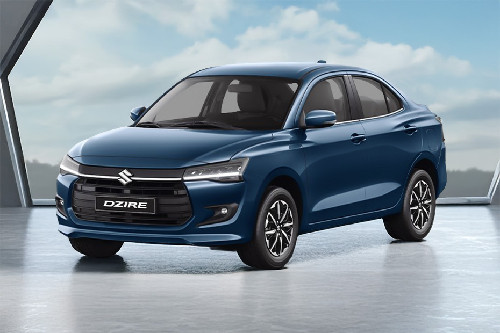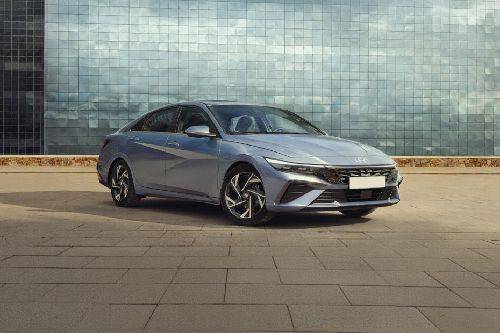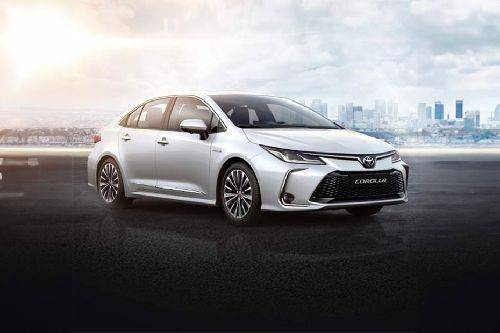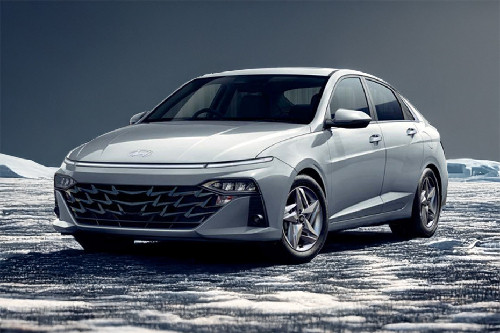Volvo ES90: A Cleaner Electric Future Rolls Closer! Have A Look

Saudi Arabia : Volvo ES90, which is fully electric, has strong goals of sustainability, smart design, and use of energy that is neutral to climate. This is a major step toward as the brand is eyeing long-term environmental targets.
KEY TAKEAWAYS
How does the ES90 compare to other Volvo models in terms of emissions?
The ES90 has around 50% lower emissions than the mild hybrid S90 and 30% lower emissions than its plug-in hybrid version.What are some of the sustainable features of the ES90?
The ES90 features recycled materials, such as 29% recycled aluminium, 18% recycled steel, and 16% recycled polymers and bio-materials, as well as optional Nordico upholstery made from recycled PET bottles and plant-based feedstocks.- The ES90 has one of the lowest life-cycle carbon footprints of any Volvo model.
- It features 800V tech, recycled materials, and a drag coefficient of 0.25.
- At present available in some European markets, with more to follow.
Volvo Cars has taken a new step in sustainable mobility as it reveals its all-new, fully electric ES90. The company will begin production later this summer, as the car blends luxury, technology, and a small environmental footprint.
This model, which they developed with a deep focus on impact climate, shows the larger goal of Volvo to achieve net-zero greenhouse gas emissions by 2040.
The ES90, which is designed from the start as a climate-conscious vehicle, comes with a verified Life Cycle Assessment (LCA) report.
It gives buyers transparent data about the environmental impact of the car, from the extraction of raw material to end-of-life. The results show how electric mobility, when supported by clean energy, delivers meaningful emission cuts.
Carbon footprint and charging impact
The total carbon footprint of the ES90 is just 31 tonnes when charged using the average European mix of energy. It drops to 26 tonnes with wind energy. That makes it around 50% lower than the mild hybrid of the S90 and 30% lower than its plug-in hybrid version. It also beats the EX40 and EC40 in overall emissions.
 Photo from Volvo
Photo from VolvoVanessa Butani, head of global sustainability at Volvo Cars said: “Our ambitions are clear because that is important to us. We also do everything beyond existing legislation.
Sustainable design and smart materials
The holistic design of Volvo is more than electrification. ES90 is the first model from the brand to use an 800-volt electric system. This helps improve speed and efficiency of charging. The lower weight of the vehicle also helps reduce the use of energy on the move.
It has a drag coefficient of 0.25, which is the best in the history of Volvo, and was achieved through aerodynamic design. Recycled and bio-based content are important for the makeup of the car:
- 29% recycled aluminium.
- 18% recycled steel.
- 16% recycled polymers and bio-materials.
- Optional Nordico upholstery made from recycled PET bottles and plant-based feedstocks.
To add to the sustainability of the cabin, there is FSC-certified wood that blends natural style with environmental care.
Tech-driven transparency and customer rollout
The ES90 will be the first Volvo to offer a battery passport. Based on blockchain tech, it allows users to track the raw material origins of the battery and monitor its health over time.
Volvo Cars will issue LCA reports for all its global electric models. These include the EX40, EC40, EX30, EX90, and now, the ES90. Volvo, with this transparency, is aiming to help buyers make informed and climate-friendly choices. They will begin the production of the ES90 this summer.
It is already available for order in European markets like the United Kingdom, Germany, France, and Sweden.
-
Explore Volvo ES90
Volvo Car Models
Automotive News and Reviews
- Latest
- Popular
You might also be interested in
- News
- Featured Stories
Featured Car
- Latest
- Upcoming
- Popular
Trending Sedan
- Latest
- Upcoming
- Popular

